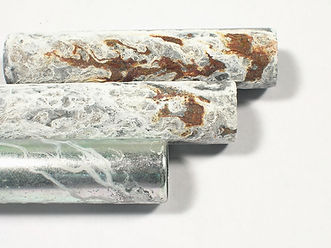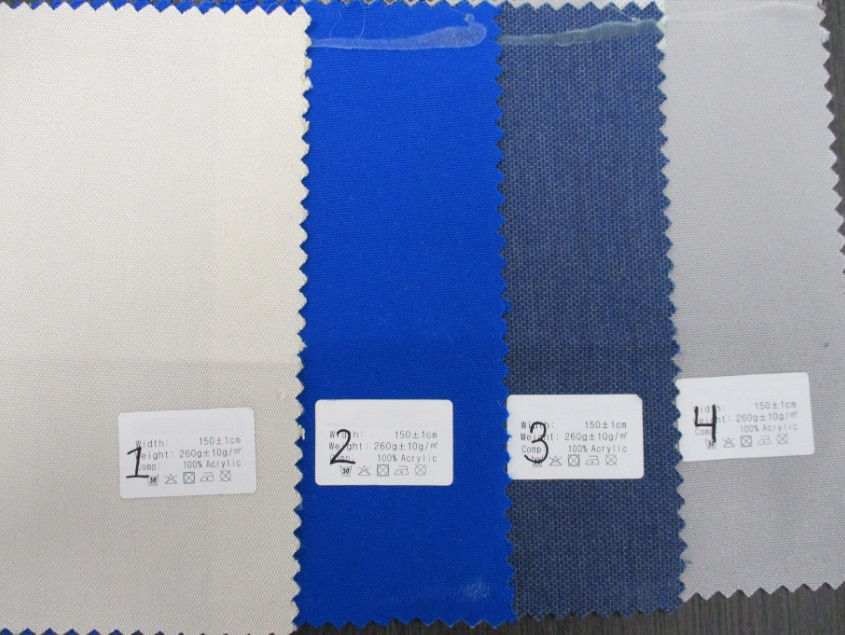Performance Testing of Dielectric Materials in Batteries
- mvermeulen89
- Jan 22, 2024
- 3 min read
What are dielectric materials?
Dielectric materials are insulators that can be polarized by an applied electric field.
Uses for Dielectric Films in Batteries
Consumer demand for high efficiency batteries is driving the development of batteries with improved energy density and lower cost. Dielectric materials are a critical aspect to the safety and performance of highly efficient batteries. Dielectric films are used for electrical isolation and are applied to cooling components, battery cells, structural components and cell connection systems.
Key Physical Properties and Test Standards for Dielectric Materials
Dielectric materials come in several forms ranging from powder coat, sprayed on coatings, to pressure sensitive adhesive films. The physical attributes that can impact the performance of these materials include the dielectric strength, thermal conductivity, adhesion, durability, film thickness and uniformity of the film.
Common lab standards used to evaluate dielectric performance
HIPOT Test:

The HIPOT test is also known as dielectric strength test or dielectric withstand test. The HIPOT test measures the insulative properties over a range of voltage. The test is performed by inducing a voltage across the dielectric, normally at a range greater than the operating voltage. The dielectric film is electrically stressed until internal breakdown occurs. The minimum voltage at which the material breaks down and becomes conductive, is the breakdown voltage. The presence of a current indicates that breakdown has occurred. This is sometimes accompanied by physical evidence of breakdown of the dielectric material, but not always. The test standard generally used for HIPOT testing is ASTM D3755: Dielectric Breakdown Voltage and Dielectric Strength of Solid Electrical Insulating Materials Under Direct Voltage Stress.
Adhesion:

Adhesion testing evaluates how well the dielectric material bonds to the substrate. Good adhesion to the substrate is important for effective heat transfer and electrical isolation. Additionally, adhesion of the dielectric film can be an indicator for the relative durability, resistance to wear or susceptibility to environmental exposures (like humidity or thermal cycling.) The test method generally used to assess adhesion is ASTM D3359: Standard Test Methods for Rating Adhesion by Tape Test (Method B Cross Cut Tape Test.) This test uses a standardized tape that is pressed onto the dielectric film after it has been scored with a cross-hatch pattern. The tape is pulled off in a controlled fashion, and the amount of dielectric film removed by the tape is quantified using a rating system.
Another test method used to assess the adhesion strength of dielectric materials is lap shear testing. ASTM D1002: Apparent Shear Strength of Single-Lap-Joint Adhesively Bonded Metal Specimens by Tension Loading is a common test standard used to perform this testing. This involves bonding two flat surfaces with an adhesive and applying a force along the plane of the surfaces until failure. The maximum force required to break the sample is the lap shear strength. Lap shear testing is often performed on battery assembly adhesives.
Film Thickness and Coverage:

The quality and type of the dielectric application process can have profound impacts on the physical properties of the film. Dielectric materials come in a number of forms that as powder coat or sprayed on solvent borne coating. The geometry of the substrate and application variables can impact the dielectric film thickness. Variation in thickness can cause areas of low dielectric strength and cause potential failures. Film thickness measurements at critical areas such as radii and edges can determine if the application process is working effectively. This is generally done by cutting samples, mounting them in resin and evaluating them under microscopy.
Environmental Exposure/Accelerated Weathering:
Dielectric materials can be subject to a number of different environmental factors that can affect their performance. Dielectric films are often exposed to high humidity, thermal cycling, or corrosive environments to determine their resistance to these factors. Performance testing such as HIPOT, cross hatch adhesion or lap shear is performed before and after exposure to gauge the impact of the exposure on dielectric material performance.





Comments